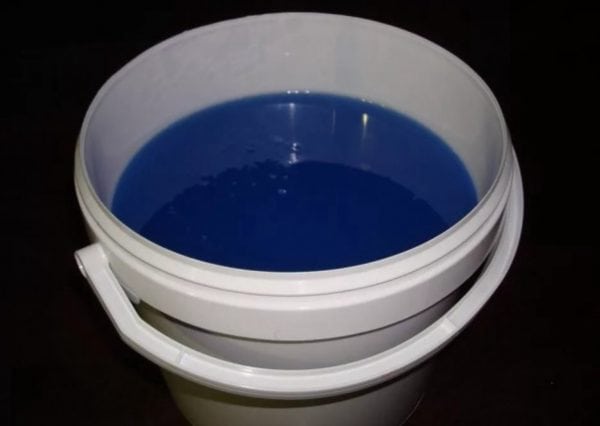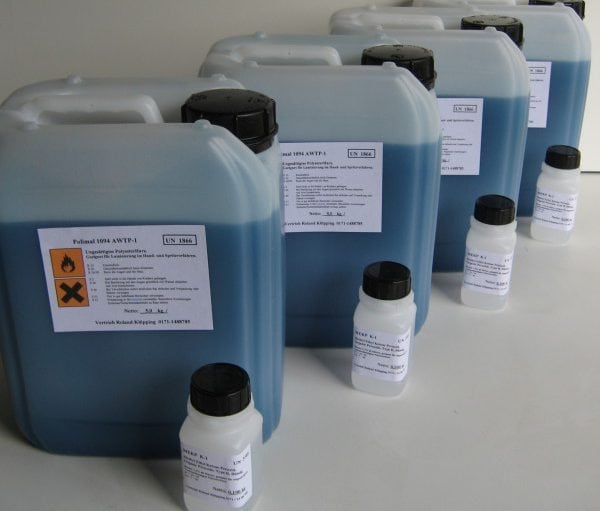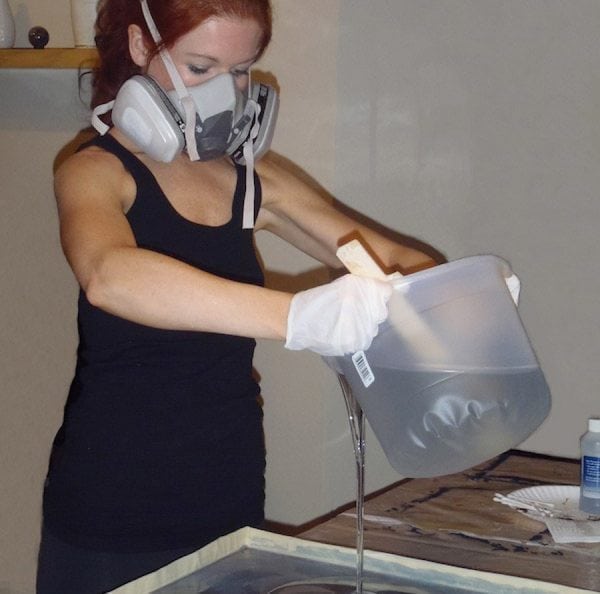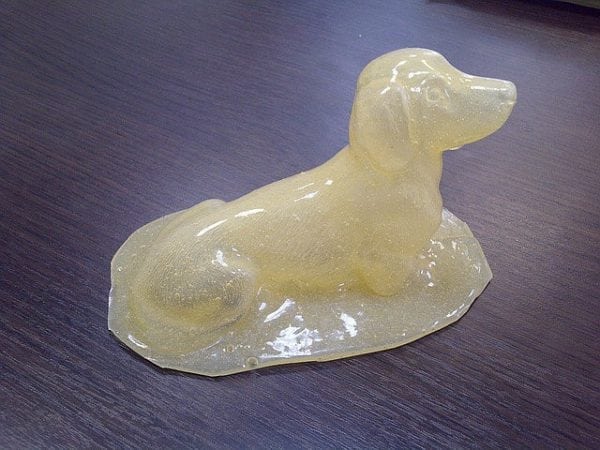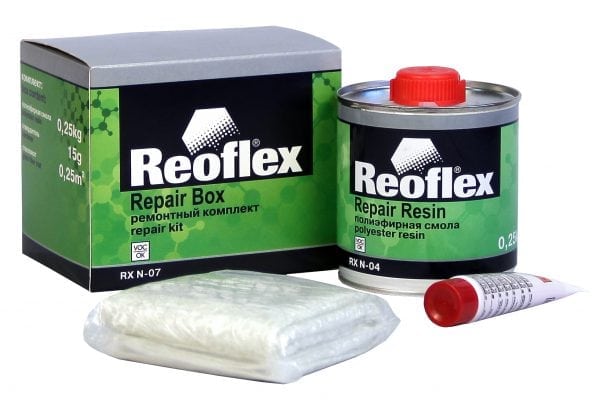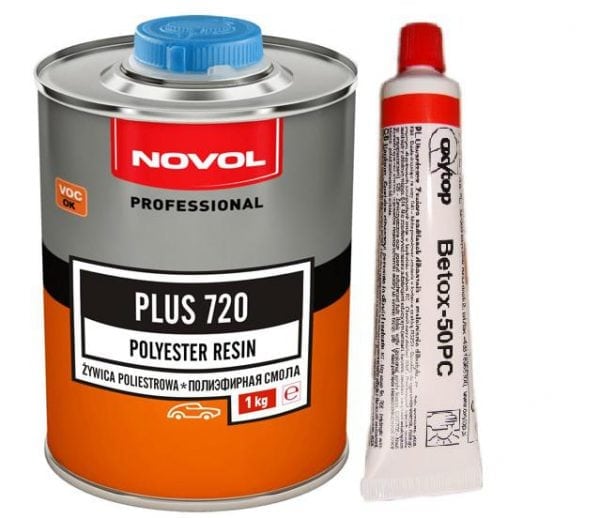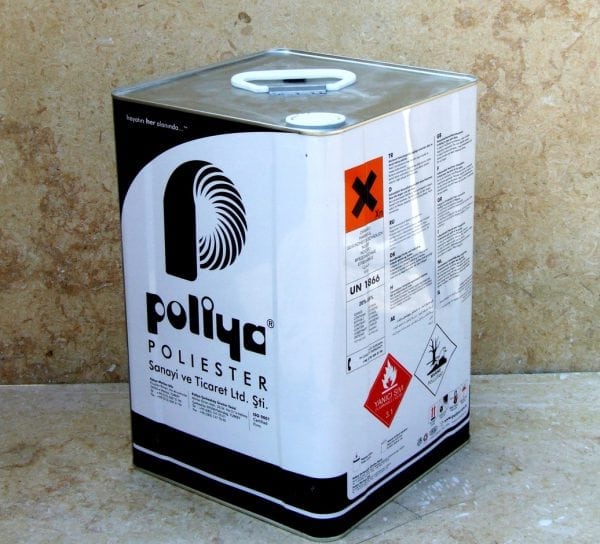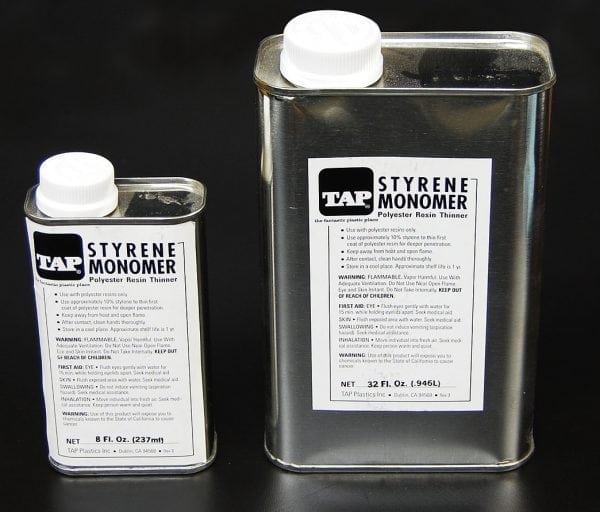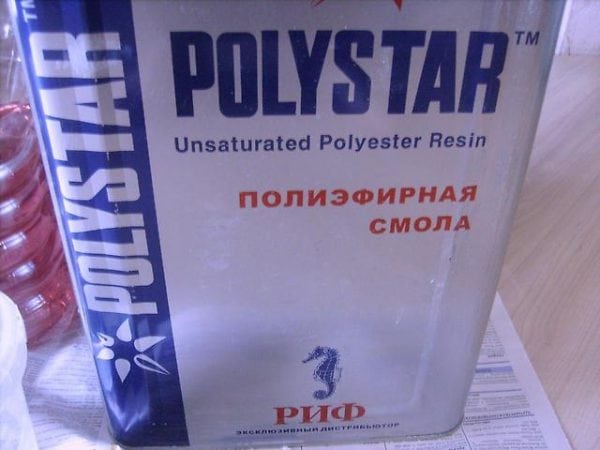Polyester resin is a widely exploited material that is used in various industries. You can use it even at home, if you know exactly how to work with this tool. The technology must be strictly observed, only in this case the result will be of high quality.
- Resin Making
- Material characteristics
- Scope of application
- Brands and manufacturers
- Neon S-1
- Reflex
- Casting Resin Norsodyne O-12335 AL
- Novol Plus 720
- Other brands
- Features of unsaturated polyester resins
- Solvents, Accelerators, and Inhibitors
- Polyester Resin
- Polyester resins and glass mat
- Artificial Stone Making
- Danger and harm to humans
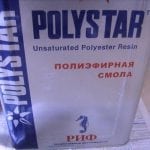
Resin Making
Polyesters are petrochemical products that originate in the course of oil distillation. Production begins precisely with oil refining; as a result, the following components are distinguished: benzene, ethylene, and propylene. Further, these substances undergo various chemical reactions for the manufacture of glycols, polybasic acids, antihydrides. The ingredients are combined and boiled together, resulting in a base resin.
Obtaining the finished polyester involves diluting the base resin with a solvent, styrene. This substance has high toxicity, in the finished product is capable of up to ½.
The specified stage of production may be final, and the product goes on sale. But most often the scheme goes to the second stage, where a number of additives are introduced into the composition, depending on the purpose of the material. Additional components will provide the necessary properties. It can be plasticizers, binders, pigments (tones), etc.
Since the end of production, the shelf life of the mixture is limited. The fact is that after the final completion, a gradual polymerisation of the material or curing begins. The longer the product is stored, the worse its quality. Refrigeration storage is used to slow down the polymerization.
Before direct application of the resin, it must be diluted in certain proportions with a hardener, mixed with an activator, a catalyst, which will provide the desired chemical reaction with the release of heat, so the mass will gain the necessary characteristics - density, strength, moisture resistance.
Manufacturers produce single-component products - they must additionally buy hardeners, two-component materials. The latter include two bottles - resin and hardener.
to contents ↑Material characteristics
Saturated polyester resins are a honey-like liquid of dark brown, yellow color. As a rule, it is transparent, has no extraneous inclusions. After mixing with the hardener, the material thickens, passes into a jelly-like state, then becomes like rubber and finally hardens. Finally hardened material can be dyed - paint and varnish go well.
Polyester resins have the following properties:
- low thermal conductivity;
- high moisture resistance;
- long life of finished products;
- resistance to temperature extremes, UV radiation and mechanical stress;
- counteracting the effects of chemicals;
- universality, wide scope;
- excellent adhesion to fiberglass, fiberglass, paper, metal;
- electrical insulating properties.
The disadvantages of the material include greater shrinkage, compared with epoxy resin, a high hazard class for humans. The material is toxic, work requires caution.
Nowadays modern polyester resins without styrene are produced. Unlike inorganic mixtures, they have no hazardous components. As part of resin, vegetable oils (rapeseed, soybean, castor oil). Environmentally friendly polyols are extracted from oils - the basic components for the manufacture of two-component polyester resins. Foamed polyurethane is prepared from polyols.
to contents ↑Scope of application
What can be done on the basis of polyester resins? The scope of their application is very wide. In combination with fiberglass, they allow you to get fiberglass of the desired degree of transparency. Products from it are in any plumbing store, for example, showers. Resins are part of paints and varnishes, adhesive mixtures, compounds - polymers for the manufacture of radio components, electrical equipment. They are introduced into mastics, putties, compositions for bulk floors, for podiums.
Fiberglass is used in casting figurines, haberdashery. Porous materials are impregnated with a polyester to seal them, for example, to stabilize wood. Polyester resin can participate in the manufacturing process of honeycombs, other plastics, fiber boards from wood, asbestos cement boards.
In shipbuilding, resins can be used for:
- joining parts of ships, boats;
- giving tightness to boats;
- compaction of portholes;
- processing cases.
to contents ↑Polyester resin is used to repair car bumpers, plastic based on it serves as the basis for the manufacture of car parts. With the addition of polyesters make automotive primers and putties. Fiberglass, together with dyes, is used for casting lighting devices, window sills, cornices, roofs. The injection method is used to create artificial stone.
Brands and manufacturers
A variety of polyester resins are produced by domestic and foreign manufacturers. Packages of most resins - from 1 kilogram or more.
Neon S-1
Neon S-1 from Rempolymer is a pre-accelerated thixotropic resin, which has a low viscosity, an average level of chemical activity. The composition contains styrene, high quality fillers. The tool is considered one of the best for repairing boats, boats, auto tuning. It gives minimal shrinkage, after dilution it must be applied within 15 minutes. Polymerization time - 45 minutes.
Reflex
Reoflex Repair Resin or polyester resin Reflex is a laminating agent, has an orthophthalic base and a reduced amount of styrene. The description indicates that the resin has high adhesion to metal, coatings, wood, laminate, primers.
The resulting coating has high strength to mechanical damage, vibration, resistant to temperature extremes, the influence of lubricants, gasoline, oils. The addition of special components allows plasticizing the material and is used for repairing bumpers and filling gaps in metal.
to contents ↑Casting Resin Norsodyne O-12335 AL
NorsodyneO-12335 AL - pre-accelerated transparent resin, has high resistance to ultraviolet. It has a rather large gelatinization time - 16 - 22 minutes. It must be diluted with Butanox hardener in a volume of 0.03% of the total mass. Used for processing porous materials, like glue for rubber boats, car repair. Allowed to use at temperatures from +15 degrees.
Novol Plus 720
Novol Plus 720 (Novol Plus 720) is another popular tool with which you can glue rubber products, seal holes, holes, reinforce plastic structures. With its help, camping trailers, yachts, car bodies are repaired.
Butanox is used as a hardener; it can be replaced with a 50% benzoyl peroxide paste. The polyester resin has high strength, is excellently ground, can be coated with polyester putties. Consumption of 1 m2 when used as glue is small, the tool can be used with glass mat.
to contents ↑Other brands
Gluing various surfaces, laminating them can be done using Eskim ES-1060 polyester resin. The composition is less viscous than most materials, so it is easy to apply.
A special property is low sensitivity to the amount of solvent and temperature for curing. It is easy to add any tinting to the resin with your own hands, the resin is combined with most pigments. Cement, talc, gypsum can be added to the product and used for the manufacture of bulk floors.
Polipol 3401-A polyester resin is an orthophthalic material with low shrinkage, practically does not deform after curing. It is widely used for the manufacture of chemically resistant containers, parts of boats, attractions, pools. How long does the product dry? Gelling time - 30 minutes, further curing depends on the room temperature.
to contents ↑Features of unsaturated polyester resins
The main difference between unsaturated resins and saturated resins is in the composition, more precisely, in the amount of certain components. Unsaturated products are more popular, because their polymerization does not require high temperature, the compositions harden even at +23 degrees. A plus can be called less harm to health - there is no allocation of by-products.
to contents ↑The material is used for the manufacture of reinforced plastic, cast insulation, fiberglass coating, radio devices, electrical appliances. Suitable for hulls of boats, boats, yachts, used in car repair and automotive industry.
Solvents, Accelerators, and Inhibitors
The obligatory component of the resin is the solvent monomer. It is necessary for dilution, viscosity reduction (the polyester itself is very thick), as a participant in the copolymerization. To transfer the material from a liquid to a solid state, catalysts are used, for example, hydroperoxide (allows the polyester to gain final properties).
The accelerator is introduced into the composition immediately or added to stabilize the mass during operation. Usually, cobalt salts act as an accelerator. Without the consistent use of such substances, the curing process will occur slowly or prematurely, the finished product will be damaged.
to contents ↑Polyester Resin
First you should accurately measure the volume of the resin and accelerator, the proportions are always indicated in the instructions. It is recommended to start work with a minimum amount of materials - not more than 0.5 - 1 liter. The accelerator is added gradually, after the resin is thoroughly mixed. Fast movements are unacceptable - so a lot of air will get into the mass.
With the introduction of the solution, a change in the shade of the liquid is possible (it becomes blue), strong heating. If the temperature of the polyester has risen, this means the start of the polymerization process.
When you need to slow down the cure, you can put the container with the mass in a basin with cold water. The transition of the liquid into a gelatinous state means the end of the period of its use. Usually this process takes 20-60 minutes. It is necessary to glue the products or apply resin on the surface earlier, after gelation it is no longer possible to move the material. Next, you need to wait for the complete polymerization - from several hours to 2 days, but the final properties of the polyester will gain in 1 - 2 weeks.
to contents ↑
Polyester resins and glass mat
Glass mats - fiberglass chopped into small pieces (up to 5 cm). They are interconnected and used like fiberglass. For the manufacture of glass mat, polyester is used. Their strength is lower than that of fiberglass due to shorter fibers, but in operation they are much easier.
to contents ↑After impregnation with resin, the material becomes like a sponge, it bends well and takes on the desired shape. There are thin glass mat (glass veil) and very thick like a blanket.
Artificial Stone Making
In addition to its intended purpose, polyester is widely used for the manufacture of artificial stone. To do this, the resin is mixed with fillers, mineral chips, dyes, polymers, glass.
To make large products (countertops, cornices), the casting method is used - they place the filler in a mold, pour it with polyester resin. So they make marble products with their own hands - they mix polyester and artificial marble chips, pour them into the desired shape. The product is dried in an oven under the influence of hot air.
to contents ↑Danger and harm to humans
Harmful components are present in almost all inorganic materials. Styrene is especially toxic; this substance is highly flammable. Always work with polyester in compliance with protective measures. Eyes protect against vapors and splashes with special glasses, respiratory organs protect with a respirator.
How to wash the material if the composition gets on the skin? It is necessary to immediately thoroughly wash this place with soap, but it is better to use a special composition to clean the polyesters. The room should be well ventilated, work near sources of fire is excluded. It is forbidden to extinguish with fire if water is used; a fire extinguisher or sand must be used.

